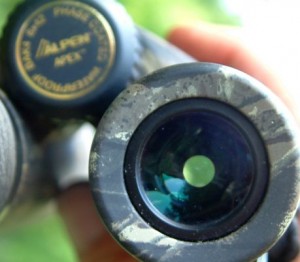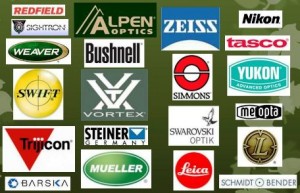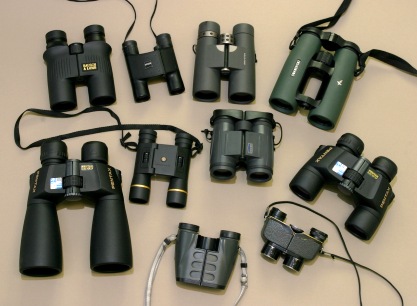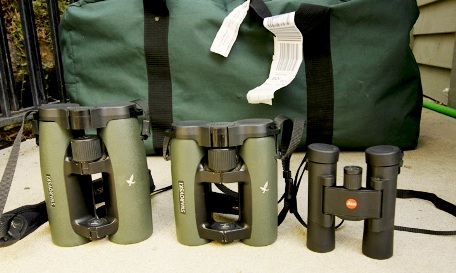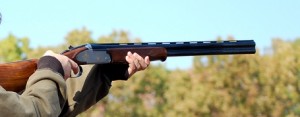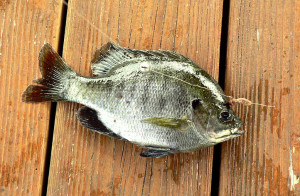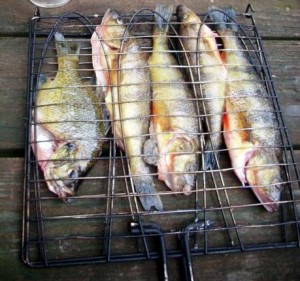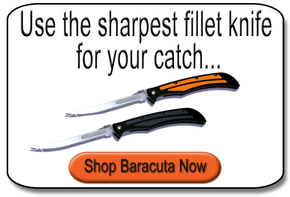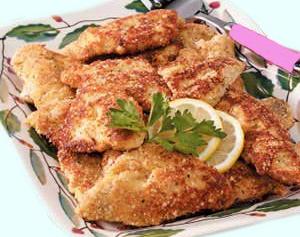Seven Questions to Make You a Smart Bino Buyer
By Steve Sorensen
The operative principle for most of us – buy the best you can afford.

Having a good pair of binoculars is like having four eyes , and they’ll make you a more successful hunter.
- “How Much Should I Spend?”
Some think that unless it’s a top European brand, it’s not good enough. If that’s true, most people have to be satisfied with inferior optics because few budgets can accommodate $2,000-plus binos. Yes, for some – professional hunters, outfitters, or other specialists in the field – the best is a necessity. Their principle is the more you use a set of optics, the better those optics need to be. I agree. - “How big should I buy?”
“Big” could mean power. Or it could mean size and weight. Regarding power, 7 or 8 is best for all-around use; 10 is the highest power most of us can hold steady without extra support. Regarding size, you won’t use binoculars with lenses too small to let much light in, or so large that they’re cumbersome. Get a feel for several sizes, and go with a size and power you’ll use. - “I hear a lot about brightness – can you explain?”
Brightness relates to several things. One is “exit pupil”. You can see the exit pupil – just hold the binoculars away from your eyes, and toward a light source. The exit pupil is the little circle of light coming out of the ocular lens (the lens nearest your eyes).
Exit pupil is the product of simple math. For an 8 x 24 binocular, divide 24 (the size in millimeters of the objective lens) by 8 (the power). That’s an exit pupil of just 3mm, smaller than your iris opens in low light. In daytime that’s OK, but it’s not so good at the edges of darkness. An 8 x 42 pair of binoculars will give you an exit pupil of more than 5mm (42÷8), better suited to low light. - “What brand should I buy?”
Not every brand is equal, but thanks to computerized optics engineering, intense competition, and a global marketplace, some names you haven’t heard of yet are producing great quality for the money. Do some research. Just as price is not an absolute guide to quality, neither is brand. - “What about country of origin?”
Randy Wakeman (RandyWakeman.com), noted reviewer of all things shooting, has this to say: “There is no basis extant to automatically assume that quality of assembly of a scope is better (or worse) based on the nation in which a scope is assembled. It does not hold true in electronics, cars, cameras, video equipment, or computers.” So, don’t base the quality/value proposition on geography. Even if you have concerns about buying foreign-made goods, don’t assume foreign automatically means low quality. - “How important is a guarantee?”
Choose binoculars from a manufacturer who will stand behind the product if it fails. In a highly competitive field, reputable companies aren’t afraid to guarantee their products. The best companies have a no-questions-asked replacement warranty. Alpen Optics is a good example. - “When is buying binoculars like buying shoes?”
Speaking of Alpen Optics, “the shoe question” is the question Alpen Vice President Vickie Gardner asks. Her answer is “Always.” She knows that buying an optical instrument is always a personal decision. Like shoes, binoculars come from many companies, and in many sizes, styles and price ranges. As in every personal decision, what might be best for your buddy might not be best for you.
If you’re not a professional user, and you have the cash, go ahead and spend it. But don’t look down your nose at someone who simply buys the best he can afford. That’s the operative principle for most of us – buy the best you can afford.
Also consider where you’ll use them. If you keep them in the car or beside the kitchen window, big binoculars won’t be a problem to carry. Nor will you need waterproof binos. For outdoor use, bulk is an issue, and waterproof is a must.
The other main factor in brightness is how much of the light entering the objective lens goes all the way through without being reflected away, and actually enters your eyes. Here is where anti-reflective lens coatings are critical. The words coated, fully coated, and multi-coated are not enough. Insist on “fully multi-coated.” All three words mean all lens surfaces inside and out have multiple anti-reflective coatings. It makes a huge difference in brightness.
***
About Steve Sorensen
 Award-winning outdoor writer and speaker Steve Sorensen has been a fan of knives since he begged his dad for a hunting knife when he was six years old. His articles have been published in Deer & Deer Hunting, Sports Afield, and many other top magazines across the USA. Invite Steve to speak at your next sportsman’s event, and follow him at www.EverydayHunter.com.
Award-winning outdoor writer and speaker Steve Sorensen has been a fan of knives since he begged his dad for a hunting knife when he was six years old. His articles have been published in Deer & Deer Hunting, Sports Afield, and many other top magazines across the USA. Invite Steve to speak at your next sportsman’s event, and follow him at www.EverydayHunter.com.
To add the best hunting and skinning knives to your outdoor gear, click here.
5,834 total views, no views today


